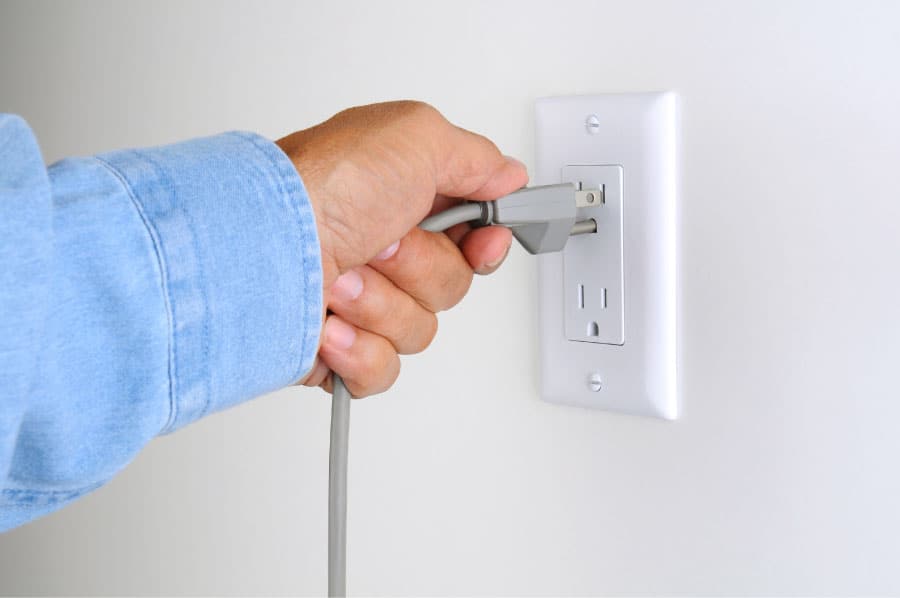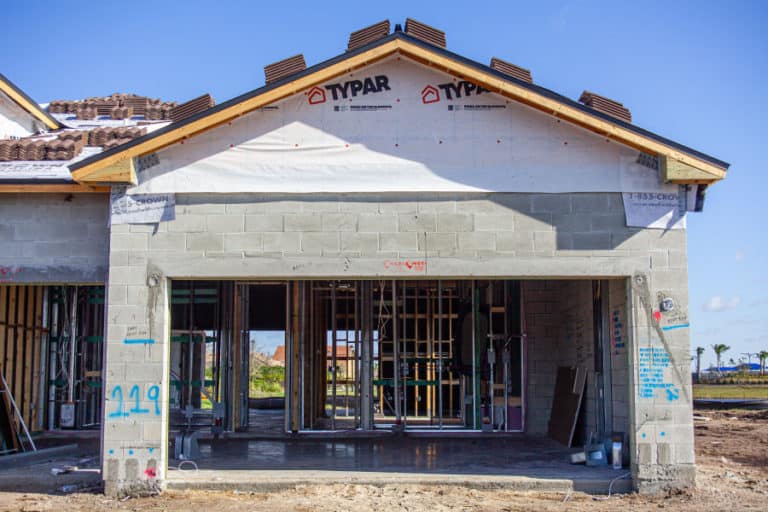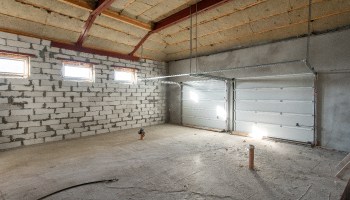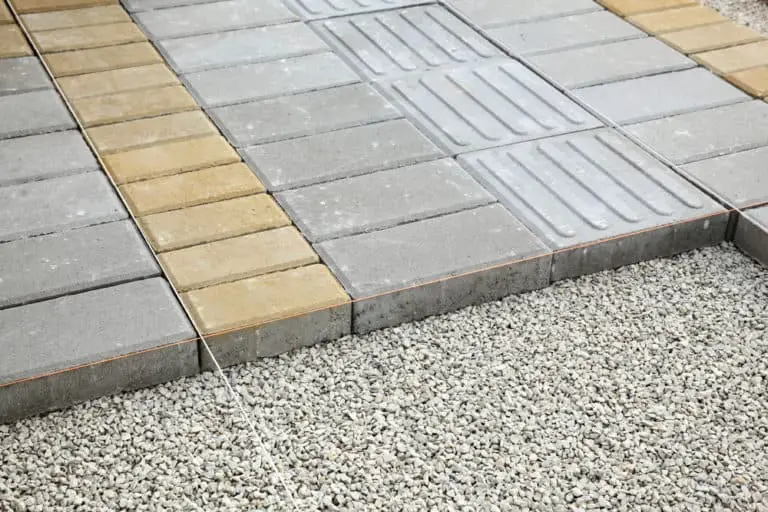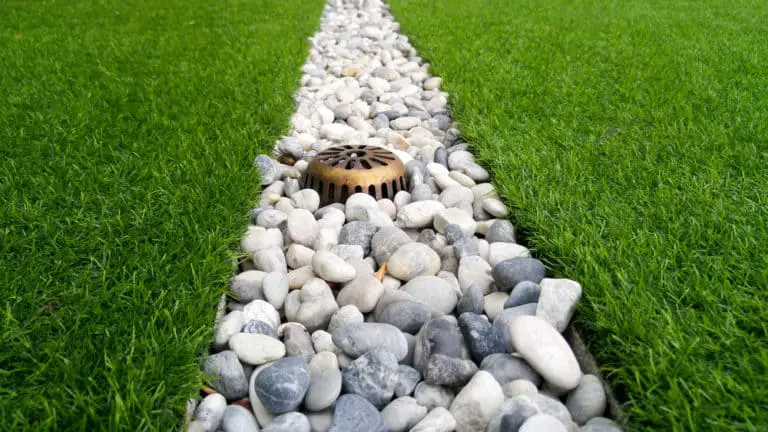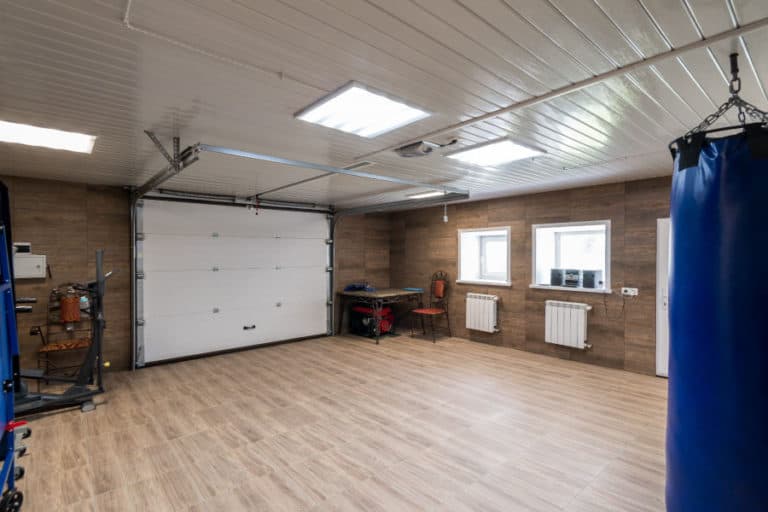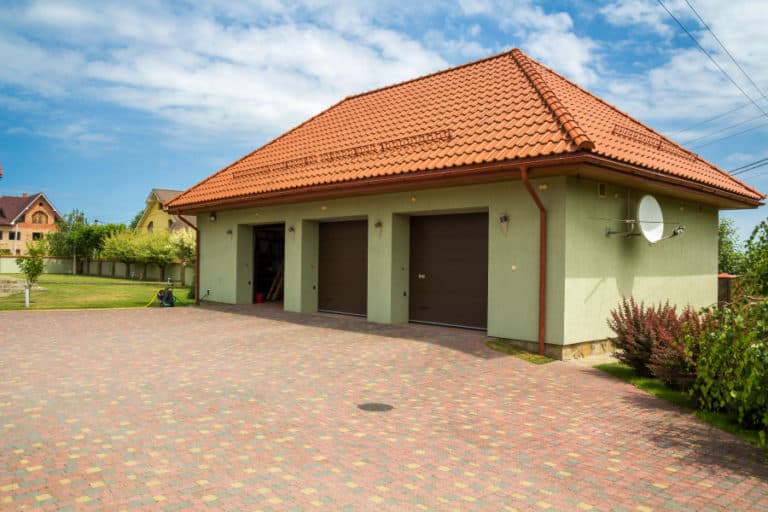Garage Outlets 101: All The Requirements Explained
Outlets are a requirement in today’s day and age. Electricity has become a requirement for any indoor space to function properly, as every indoor space uses some sort of electrical appliance.
Garages are different from other indoor spaces; it’s not as fragile, nor is it built to be stayed in by people. Instead, garages are treated as this sort of indoor space that can handle activities that are usually done in outdoor spaces.
Garage outlets will have different needs and considerations depending on two main factors: the garage design and how you personally use it. Outlets in a garage will have its own different set of rules, requirements, and standardization compared to outlets in other indoor spaces due to the different garages’ activities.
In this article, we’ll be going into a brief overview of garages and outlets first. Before going into garage outlets, it’s best to familiarize ourselves first with these two to better understand how and why these things work together.
Garage
Garages are usually classified as any space that is used to store and contain cars within a lot. There are two types which are:
- Attached. As the name implies, an attached garage is connected to the main house itself.
- Detached. A detached garage is separated from the main house.
Garages are a very versatile space, as they are not usually furnished, nor do they have that many fixtures. This allows for multiple activities that aren’t usually done in indoor spaces. For most homeowners, the garage is usually where they do their handiwork. A workbench is always a convenient thing to have since there will always be times where you’ll opt to DIY fixing some objects, even if you’re not into construction or fixing things.
Outlets
Outlets are of tremendous importance in this day and age. The outlets’ location is now a signifier of where you can do activities, as most activities in the modern-day and age will require electricity. As such, outlets are an important aspect in planning and programming spaces, as our activities tend to clutter around the location of outlets.
Outlets are literally how someone could get access to electricity, and as we know, electricity saves us a lot of time and energy.
Remember that outlets and receptacles mean two entirely different things. It’s easy to get confused between the two; however just take note that:
- An outlet is an installation that can provide electricity to objects.
- A receptacle provides access between objects and outlets, through the holes and it’s configurations.
Garage Outlets
Garage outlets are different from regular indoor outlets due to the conditions to which garages are exposed to. Most likely, you’ll have to adjust the outlets in accordance with how your cars are situated. Unlike other interior spaces, garages were made for cars, and human activity instead revolves around and makes way for this fact.
This is nothing to worry about; however, considering how the electricity aspect of a house is one of the most dangerous, specific measures and standards are applied to ALL outlets in a home for safety reasons. A garage outlet just has a few different measures and standards to address different factors.
In light of this, it won’t be any more expensive compared to outlets in your kitchen or living room.
Requirements of a garage outlet
When it comes to utilities, nearly everything is standardized in the industry, from the type of utilities, their specifications, measurements etc. This is because it’s been tried and proven that these are the safest and most efficient ways for a utility to operate given a specific condition. This is why building codes, fire codes, and other documents exist in the first place. To serve as a guide for architects and other professionals on utilities’ needs to work properly and safely.
For a garage outlet, the relevant code will be the electrical code. In it, we’ll find the different safety measures for an outlet to be used safely and efficiently inside a garage space. Codes usually list down the certain interventions that one would need to take for the utility to work better in a different environment.
| Code | Reasoning |
| GFCI | Ground Fault Circuit Interrupter is one of the most standardized and required safety measures when it comes to anything related to electricity. In the simplest terms, what the GFCI does is to detect when electricity is going out in the wrong way, and it will shut down the circuit as soon as it senses that something is wrong. |
| Own Circuit | A garage should have its own circuit for multiple reasons since the elements are much harsher and rugged compared to the indoor spaces. The likelihood of something going wrong is increased, and as to avoid interrupting the flow of electricity throughout the entire house, a different circuit for the garage can be used. |
| Receptacles | GFCI protected as always. The receptacles in the space must be a certain distance above the floor (at least 20 inches) and should be at a suggested minimum distance of 6’ away from each other. |
Brief explanation as to what circuits are
Circuits are a closed system that allows electricity to flow through it, and they always start and end at the same place. Different utilities or planning, such as using resistors or designing the type of circuit it will be, is used to control how electricity goes around inside the circuit.
Most homes use a parallel type of circuit. As the name implies, the wiring is arranged so that if one part of the system was to be disconnected, as long as it’s not near the power source, the circuit can continue to function. Multiple breakers can then be added at critical points to ensure that the electricity from the wires doesn’t end up scattered around.
It’s an important concept to know what a circuit is when dealing with electricity because it can help you better approach problems, if any arise, within your electrical circuit.
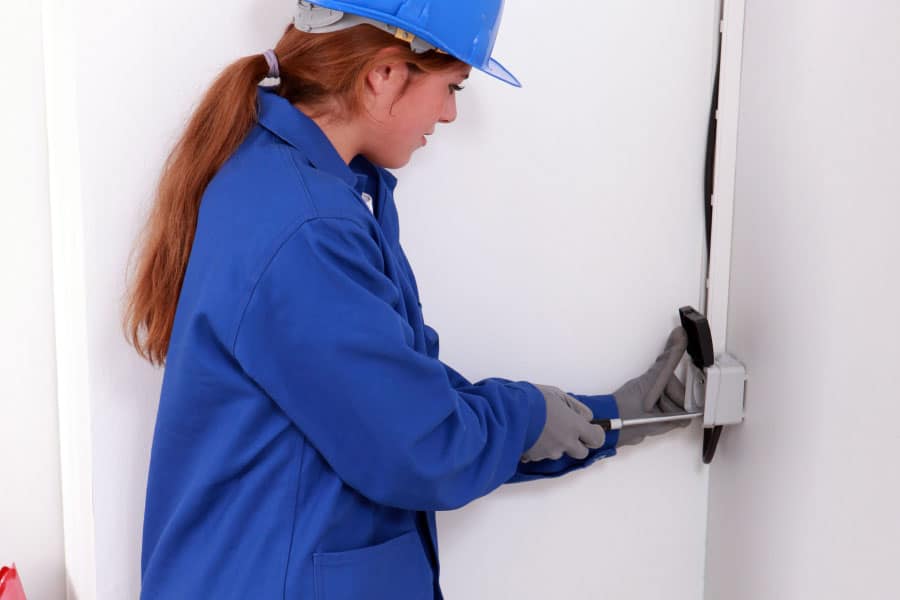
Dissecting outlets
Each hole in an outlet is actually an individual wire that serves its own purpose.
- Neutral Wire. The neutral wire is what completes the circuit.
- Hot Wire. The hot wire is what provides electricity.
- Grounding Wire. The grounding wire redirects electricity to the ground in case anything goes wrong.
How it all works together when you plug in an object is through this process:
- The appliance receives electricity from the outlet transported through the wires in the plug.
- The wires of the appliance then bring the electricity to the appliance itself, having measures in place to ensure that the appliance will only get the amount of electricity that it needs.
- As soon as the appliance is turned on, the excess and unused electricity is then redirected back.
- The neutral wire then receives this excess electricity and gives it to the hot wire.
- Now what happens now is that a flow of electricity has been created.
- In case anything goes wrong, for example, the hot wire suddenly gets too much electricity, then the grounding wire will intervene.
Older outlets usually only have two holes in them. This is because the grounding wire wasn’t a requirement to have until modern times when electricity demands became higher, and the need for safety was made more prominent. Not to worry, if you do not have a third wire in your outlet, there are still multiple interventions in place by the electrician in case anything goes wrong inside the circuit.
Is it safe to leave appliances plugged in?
If you think about it, we have certain appliances that are kept on for years on end. Other appliances in your home might have been plugged in since you’ve moved into the house.
The question is now is if this is safe to do or if it increases the chances of anything going wrong?
The answer to this is that it depends on two main things:
- The type of appliance. Hazardous appliances such as stoves, irons, heaters, and even lights shouldn’t be left on if they’re not being used. Hazardous appliances are usually that of which produces a lot of heat.
- The use of the appliance. It would be an inconvenience to plug in all the appliances you use in a day, for appliances that you always use. Whether that be the home computer or your television, it’s better just to leave this in. If you want to be extra safe when keeping appliances plugged in, you can utilize an extension cord. Extension cords add that extra layer of protection because they have a built-in voltage protector and breaker if anything goes wrong.
It should be noted that when an appliance is not being used, it’s specifically designed not to draw current from the outlet. Just because it’s plugged in doesn’t automatically mean that the appliance is drawing power.
Planning out outlets
The codes serve as the bare minimums that need to follow. The trick that electricians need to figure out is how to get the plans to be compliant with the codes. Your requirements will most likely differ entirely compared to the minimums and suggestions that the codes are given. This is why it’s always reiterated that a core part of the architect and the other professionals’ job is to ensure that spaces are met to your requirements and the requirements set by the government.
Making my own requirements for my garage outlets
At this point, forget everything else first. When it comes to designing and programming, you always have to start with the simplest concepts. From the simplest concepts, you can then add more and more complex factors until you arrive at a design that accomplishes what you need. This is just one of the many parts of an architect’s design process.
As a homeowner, you should, of course, defer to the expertise of the professionals since they’ve spent countless hours learning about what really fits best. This section of the article is just meant to serve as an example of what type of mindset one should go into when thinking about these sorts of things.
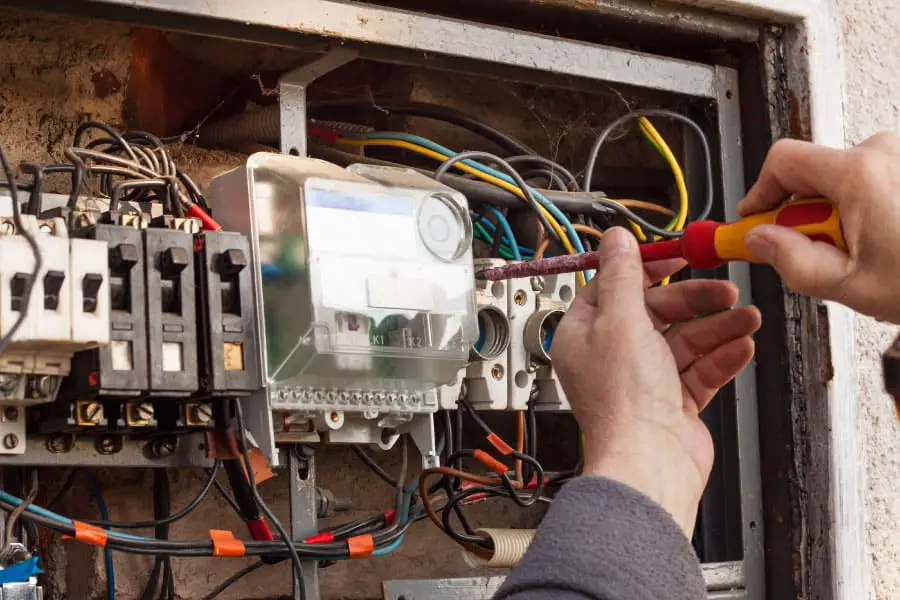
A brief overview of electrical systems in houses
Electricity systems are a relatively new technology in comparison to the history of architecture. This aspect of buildings is often not seen by homeowners and users. Instead, it is often just used.
There are actually different types of electrical systems present in your homes. Think about it, will the wiring for outlets, lights, and low power utilities be in the same circuit? Each of these fixtures and utilities that need electricity has their own needs and thus have entirely different circuits providing for those needs.
In general, the lower voltage systems are safer to work with or be inspected by homeowners.
Relevant things homeowners should know about their electrical systems
Now that you have somewhat of an idea of how electrical systems work inside your home. This part of the article will be going into the practical side of things.
Breakers
Breakers are there to stop the flow of electricity in a certain circuit if needed. These are usually easily accessible, and all breakers are usually contained in one box. The main breaker switches off all the electricity in the house, useful if you and your family plan on going out for a long vacation.
Wires
Wiring is how electricity can move around the house. Most home wiring is usually built within the walls. This is because wires are relatively fragile; therefore, they should be difficult to access/tamper with and must not be disturbed.
Outlets
Outlets are how the users can gain access to and use electricity for their own personal needs. If you think about some aspects of the house, are automatically powered(usually utilities) while others have to be manually given a power source.
If you find yourself always keeping an appliance plugged in or attached to an outlet, perhaps it’s a sign that you should find a utility that also serves that same function. Since outlets are limited and there are only so many extension cords you can use, this can free up some of your home outlets.
Why it’s important to know these sorts of things?
Developing an understanding and knowing the general idea of how your electrical system works at home is advantageous because it sort of points you in the right direction in case anything goes wrong.
If something goes wrong from the get-go, you can at least make a well-based guess and assessment as to what’s actually happening. I am in no way suggesting that you attempt to fix any electrical problems without consulting a professional first.
Knowing this gives better peace of mind for the homeowner and a better appreciation of how these aspects of a building contribute to better everyday living. Better respect for homes and recognizing how they promote a better life will lead to more motivation to manage and maintain them properly.
Conclusion
Garage outlets are just one of the many things you need to consider when it comes to planning out your garage.
Outlets serve an important purpose in our individual homes. Understanding its purpose will lead to a better appreciation of how architecture and its applications can help improve our lives. Learning more about how electricity works equip homeowners with the knowledge to handle times when problems might occur with the electric system.

